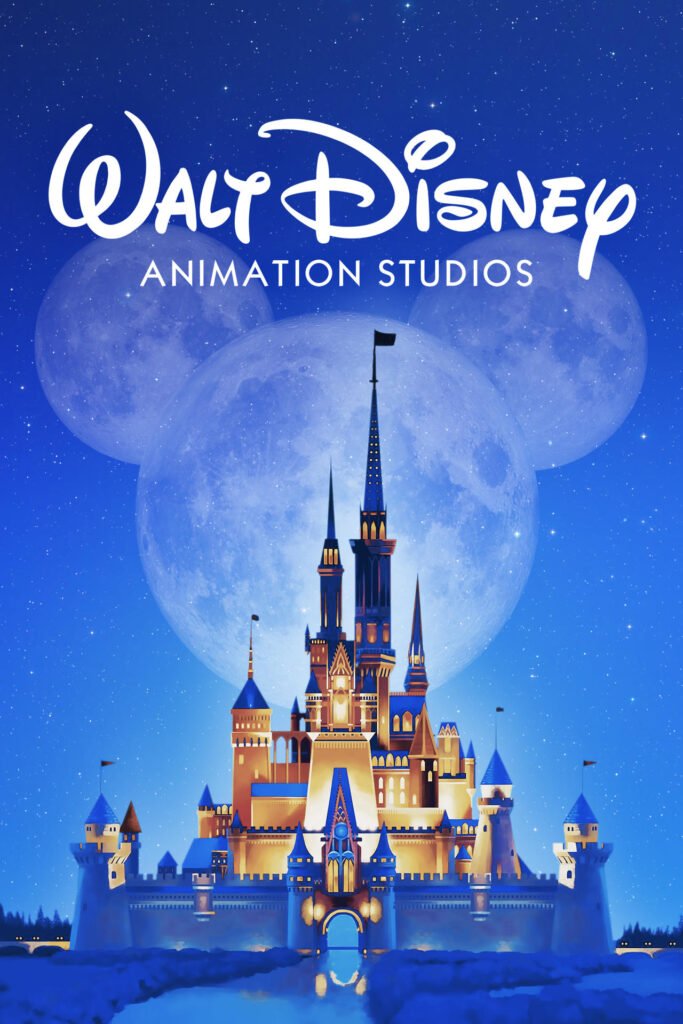
Disney Animation has captivated audiences for nearly a century, weaving tales of adventure, love, and resilience that resonate across generations. From its humble beginnings to its position as a global powerhouse, Disney’s artistry and storytelling have redefined animation and brought dreams to life on the big screen.
The Birth of Disney Animation
The story of Disney Animation began in 1923 when Walt Disney and his brother Roy founded the Disney Brothers Studio. Their first major success came with Steamboat Willie (1928), introducing Mickey Mouse to the world. This pioneering short film showcased synchronized sound, setting a new standard for animated storytelling.
Disney’s groundbreaking feature-length film, Snow White and the Seven Dwarfs (1937), marked a pivotal moment in cinema history. As the first full-length animated film, it demonstrated the potential of animation as a serious storytelling medium, blending vibrant visuals, memorable characters, and emotional depth.
The Golden Age of Disney Animation
The 1940s and 1950s were a golden era for Disney Animation. Films like Pinocchio (1940), Bambi (1942), and Cinderella (1950) solidified the studio’s reputation for creating heartfelt stories that appealed to both children and adults. This era was marked by hand-drawn animation, a meticulous art form requiring immense skill and dedication.
Each frame was crafted with attention to detail, bringing characters to life with expressive movements and rich backgrounds. The artistry behind these films established Disney’s signature style—one that seamlessly combined fantasy with relatable human emotions.
The Renaissance Period
After a challenging period in the 1970s and 1980s, Disney experienced a renaissance in the late 1980s and 1990s. Films like The Little Mermaid (1989), Beauty and the Beast (1991), Aladdin (1992), and The Lion King (1994) revitalized the studio, bringing critical acclaim and box-office success.
This era was characterized by captivating musical scores, compelling narratives, and groundbreaking animation techniques. For example, Beauty and the Beast was the first animated film to be nominated for Best Picture at the Academy Awards, a testament to Disney’s ability to elevate animation to new artistic heights.
The Digital Revolution
The 21st century brought significant technological advancements, transforming how Disney produced its films. The studio embraced computer-generated imagery (CGI), collaborating with Pixar for hits like Toy Story (1995) before acquiring the studio in 2006.
Disney Animation’s shift to CGI resulted in modern classics like Frozen (2013), Moana (2016), and Encanto (2021). These films retained the heart and charm of traditional Disney storytelling while showcasing the limitless possibilities of digital animation.
The Legacy of Disney Animation
What sets Disney Animation apart is its ability to craft stories that resonate universally. Themes of hope, perseverance, and the power of love are woven into tales that transcend cultural and linguistic barriers. Disney films not only entertain but also inspire, teaching valuable lessons about courage, kindness, and self-discovery.
Moreover, Disney continues to push boundaries by embracing diverse stories and perspectives. Films like Raya and the Last Dragon (2021) and Encanto celebrate global cultures, reflecting a commitment to inclusivity and representation.